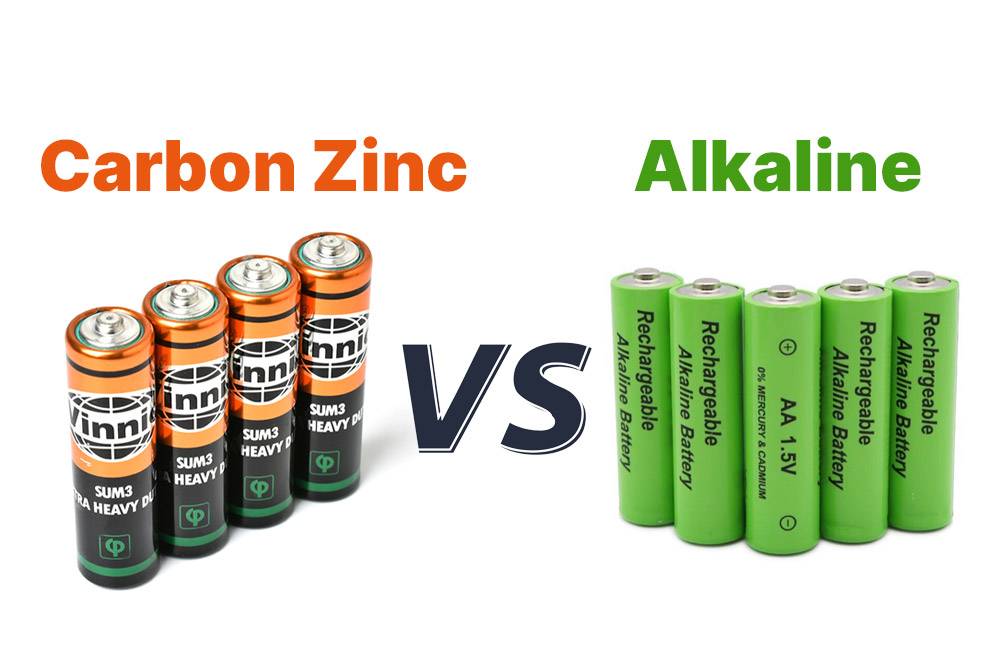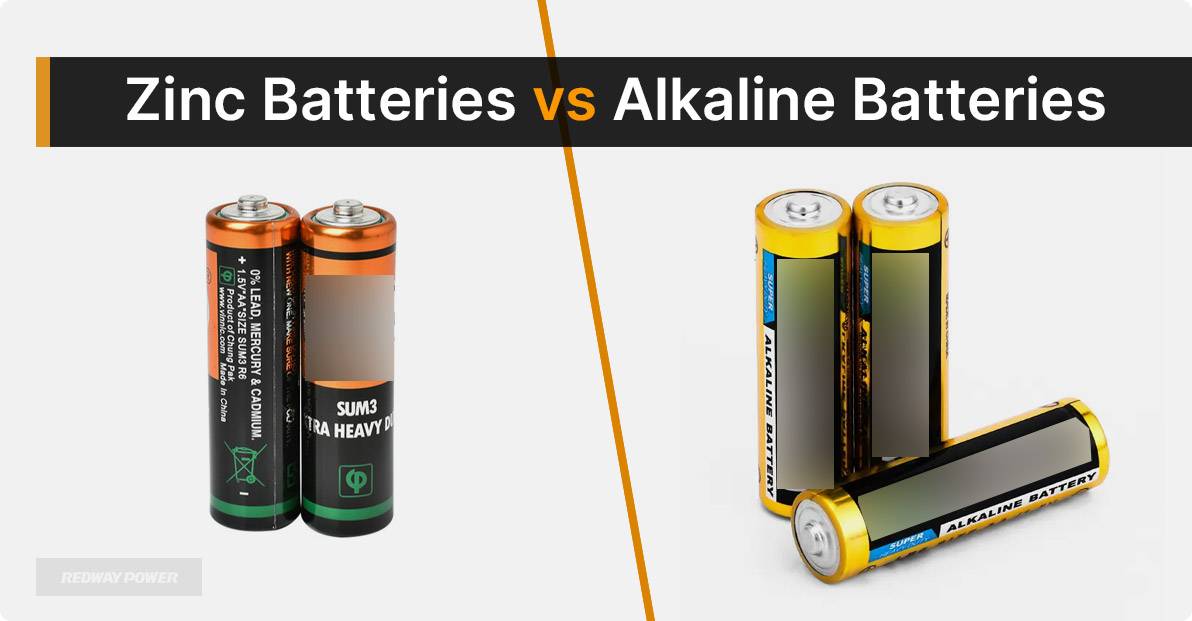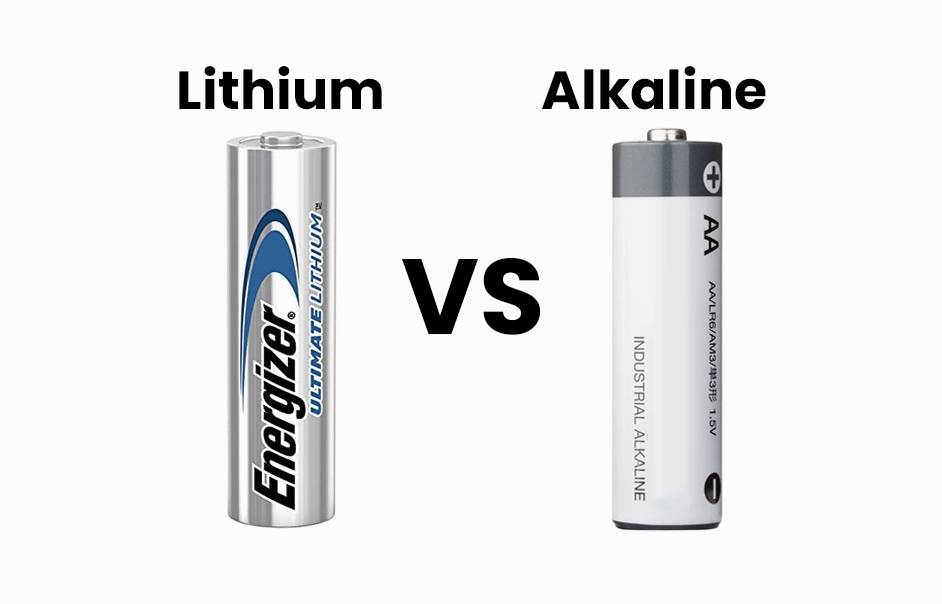- Lithium Golf Cart Battery
- Forklift Lithium Battery
-
48V
- 48V 210Ah
- 48V 300Ah
- 48V 420Ah (949 x 349 x 569 mm)
- 48V 420Ah (950 x 421 x 450 mm)
- 48V 456Ah
- 48V 460Ah (830 x 630 x 590 mm)
- 48V 460Ah (950 x 421 x 450 mm)
- 48V 460Ah (800 x 630 x 600 mm)
- 48V 460Ah (820 x 660 x 470 mm)
- 48V 500Ah
- 48V 560Ah (810 x 630 x 600 mm)
- 48V 560Ah (950 x 592 x 450 mm)
- 48V 600Ah
- 48V 630Ah
-
48V
- 12V Lithium Battery
12V 150Ah Lithium RV Battery
Bluetooth App | BCI Group 31
LiFePO4 Lithium
Discharge Temperature -20°C ~ 65°C
Fast Charger 14.6V 50A
Solar MPPT Charging - 24V Lithium Battery
- 36V Lithium Battery
- 48V Lithium Battery
-
48V LiFePO4 Battery
- 48V 50Ah
- 48V 50Ah (for Golf Carts)
- 48V 60Ah (8D)
- 48V 100Ah (8D)
- 48V 100Ah
- 48V 100Ah (Discharge 100A for Golf Carts)
- 48V 100Ah (Discharge 150A for Golf Carts)
- 48V 100Ah (Discharge 200A for Golf Carts)
- 48V 150Ah (for Golf Carts)
- 48V 160Ah (Discharge 100A for Golf Carts)
- 48V 160Ah (Discharge 160A for Golf Carts)
-
48V LiFePO4 Battery
- 60V Lithium Battery
-
60V LiFePO4 Battery
- 60V 20Ah
- 60V 30Ah
- 60V 50Ah
- 60V 50Ah (Small Size / Side Terminal)
- 60V 100Ah (for Electric Motocycle, Electric Scooter, LSV, AGV)
- 60V 100Ah (for Forklift, AGV, Electric Scooter, Sweeper)
- 60V 150Ah (E-Motocycle / E-Scooter / E-Tricycle / Tour LSV)
- 60V 200Ah (for Forklift, AGV, Electric Scooter, Sweeper)
-
60V LiFePO4 Battery
- 72V~96V Lithium Battery
- Rack-mounted Lithium Battery
- E-Bike Battery
- All-in-One Home-ESS
- Wall-mount Battery ESS
-
Home-ESS Lithium Battery PowerWall
- 24V 100Ah 2.4kWh PW24100-S PowerWall
- 48V 50Ah 2.4kWh PW4850-S PowerWall
- 48V 50Ah 2.56kWh PW5150-S PowerWall
- 48V 100Ah 5.12kWh PW51100-F PowerWall (IP65)
- 48V 100Ah 5.12kWh PW51100-S PowerWall
- 48V 100Ah 5.12kWh PW51100-H PowerWall
- 48V 200Ah 10kWh PW51200-H PowerWall
- 48V 300Ah 15kWh PW51300-H PowerWall
PowerWall 51.2V 100Ah LiFePO4 Lithium Battery
Highly popular in Asia and Eastern Europe.
CE Certification | Home-ESS -
Home-ESS Lithium Battery PowerWall
- Portable Power Stations
How to Choose Between Carbon Zinc and Alkaline Batteries: A Comprehensive Comparison

When comparing carbon zinc batteries to alkaline batteries, it’s essential to understand their distinct characteristics. Alkaline batteries generally outperform carbon zinc in energy density, lifespan, and suitability for high-drain devices. Carbon zinc batteries, while cheaper, are better suited for low-drain applications. This guide will help you make an informed choice.
What are the key differences between carbon zinc and alkaline batteries?
Carbon zinc and alkaline batteries differ significantly in their chemical composition, performance, and applications. Alkaline batteries utilize potassium hydroxide as an electrolyte, while carbon zinc batteries use ammonium chloride. This fundamental difference leads to variations in energy density, lifespan, discharge rates, and environmental impact.
| Feature | Carbon Zinc Batteries | Alkaline Batteries |
|---|---|---|
| Electrolyte | Ammonium Chloride | Potassium Hydroxide |
| Energy Density | Lower | Higher |
| Lifespan | 1-2 years | Up to 8 years |
| Applications | Low-drain devices | High-drain devices |
| Environmental Impact | Contains heavy metals | More eco-friendly |
How do the electrolytes in carbon zinc and alkaline batteries differ?
The electrolyte plays a crucial role in determining a battery’s performance. Carbon zinc batteries contain an acidic electrolyte (ammonium chloride), which limits their energy output and lifespan. In contrast, alkaline batteries use a more efficient alkaline electrolyte (potassium hydroxide), allowing them to deliver higher energy output over longer periods.
What is the impact of energy density on battery performance?
Energy density refers to the amount of energy a battery can store relative to its size. Alkaline batteries typically have an energy density that is 4 to 5 times greater than that of carbon zinc batteries. This higher energy density translates into longer-lasting power for devices that require more energy.
| Battery Type | Energy Density (Wh/kg) |
|---|---|
| Carbon Zinc | 50 |
| Alkaline | 200 |
How do discharge characteristics affect battery usage?
Discharge characteristics define how quickly a battery can release its stored energy. Alkaline batteries excel in high-drain applications like digital cameras or gaming consoles due to their ability to deliver consistent power over time. Conversely, carbon zinc batteries are better suited for low-drain devices such as remote controls or clocks.
What are the shelf life and storage considerations for each battery type?
Shelf life is crucial when selecting a battery type, especially for infrequently used devices. Alkaline batteries can last up to 8 years, while carbon zinc batteries typically have a shelf life of 1-2 years. Proper storage conditions can also impact longevity; alkaline batteries fare better under various temperature conditions compared to carbon zinc options.
| Battery Type | Shelf Life |
|---|---|
| Carbon Zinc | 1-2 years |
| Alkaline | Up to 8 years |
In what applications are carbon zinc and alkaline batteries best suited?
Alkaline batteries are ideal for high-drain devices like cameras, power tools, and portable electronics due to their superior energy output. In contrast, carbon zinc batteries serve well in low-drain applications such as toys, remote controls, or wall clocks where high power demands are not necessary.
Panasonic AA Batteries with Carbon Zinc
How do environmental factors influence battery choice?
Environmental considerations are increasingly important when selecting a battery. Alkaline batteries generally pose less risk to the environment as they do not contain heavy metals like mercury or cadmium found in some carbon zinc variants. This makes alkaline options preferable for eco-conscious consumers.
What is the chemistry behind alkaline and carbon batteries?
The chemical composition of these two types of batteries significantly affects their performance. Alkaline batteries use a zinc anode, manganese dioxide cathode, and potassium hydroxide electrolyte, allowing them to maintain stable voltage over extended periods. Carbon zinc batteries incorporate a zinc anode, carbon rod cathode, and ammonium chloride electrolyte but deliver less consistent power due to their chemical structure.
How does temperature affect battery performance?
Temperature impacts how well a battery performs. Alkaline batteries can operate efficiently within a range of -20°C to 50°C, while carbon zinc options exhibit reduced efficiency at lower temperatures. Extreme heat can also lead to leakage issues in both types but affects carbon zinc more severely due to its construction.
Industrial News
Recent advancements in battery technology have highlighted the growing preference for rechargeable options over traditional single-use types like carbon zinc and alkaline. As manufacturers focus on sustainability, innovations aim at reducing environmental impacts while enhancing performance metrics across various applications. The shift towards lithium-ion technology continues as consumers demand longer-lasting solutions that align with eco-friendly practices.
Redway Power Insights
“In today’s market, consumers must weigh cost against performance when choosing between battery types,” notes an industry expert from Redway Power. “While alkaline options may be pricier upfront, their longevity often justifies the investment compared to cheaper alternatives like carbon zinc that may require frequent replacements.”
FAQ Section
Q: Can I use alkaline batteries instead of carbon zinc?
A: Yes, but be cautious; some older devices may be designed specifically for lower power outputs typical of carbon zinc.Q: Are there any safety concerns with these types of batteries?
A: Both types can leak if damaged or improperly stored; however, alkaline variants generally pose less risk due to their construction.Q: Which type of battery is more environmentally friendly?
A: Alkaline batteries are typically more eco-friendly as they lack harmful heavy metals found in some carbon-zinc variants.Q: How should I store my unused batteries?
A: Store them in a cool, dry place away from direct sunlight to maximize shelf life.

How to Identify Alkaline and Zinc-Carbon by Touch
How to Distinguish Batteries by Weight
Expensive Batteries vs Cheap Batteries!
How to Recognize Batteries by Logo
Why Alkaline Batteries Are Inappropriate for Watches
Why Correct Battery Type Is Essential
What Are Common Uses for Alkaline and Zinc-Carbon Batteries
How Alkaline Batteries Operate
Alkaline batteries operate by using an alkaline electrolyte instead of an acidic one. They have a cathode made of manganese dioxide, an anode made of zinc, and an alkaline electrolyte, typically potassium hydroxide. When a device is turned on, a chemical reaction occurs between the electrolyte and the cathode, generating an electrical current that powers the device. Alkaline batteries are known for their higher energy density, longer shelf life, and reliable performance. They are widely used in various devices such as remote controls, flashlights, toys, and portable electronics.
What Advantages Alkaline Batteries Provide
Alkaline batteries provide several advantages. They have a higher energy density, meaning they can store a significant amount of energy in a small package. This makes them ideal for devices that require a lot of power, such as digital cameras and portable audio players. Alkaline batteries are also safe to handle and use, as they do not contain toxic metals and are recyclable. They have a longer lifespan compared to other batteries, lasting up to seven years while being unused. These advantages make alkaline batteries a popular and reliable choice for various applications.













